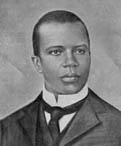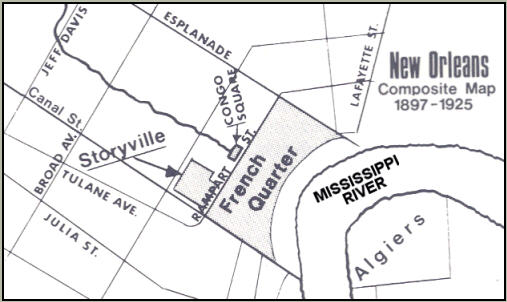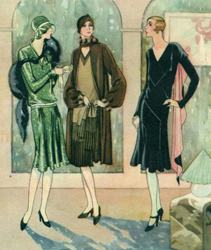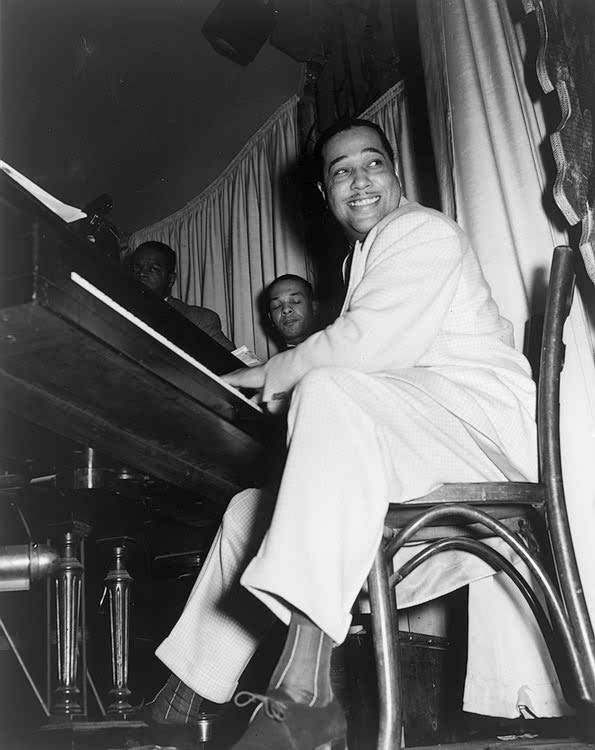
Jazz Begins
This is a composite map of New Orleans from 1897-1925. In the bottom right corner, the Mississippi River curves up and to the right. Below the river is Algiers; directly across from Algiers is the French Quarter. Adjacent to the French Quarter, between Esplanade and Canal Street, is Congo Square and Storyville.
At the dawn of the 20th-century, New Orleans saw an emerging community of musicians who performed an incredibly wide variety of musical styles including military marches, opera, and slave music. In particular, the streets of The French Quarter and Congo Square were the stage for Mardi Gras parades and funerals performed by bands comprised of musicians of all ages and abilities. These performers also found employment in the red-light district just outside the French Quarter known as Storyville. Thus, the French Quarter and Storyville were the birthplace of the style of music we call jazz. In its earliest years, this new music was often called "ragtime", although the term is more commonly applied to the highly polished and notated music style associated with Scott Joplin.
The "King of Ragtime" was Scott Joplin, a classically trained pianist and composer who wrote an opera called Treemonisha. His music is strictly notated, with no allowance for improvisation. Though purists do not qualify Joplin's music as jazz, it does contain the infectious syncopated rhythms that often accompanied people dancing. "Maple Leaf Rag," published in 1899, became Joplin's most famous composition, selling more than a half a million copies by 1909. But as ragtime gave way to stride piano, Joplin's music fell out of favor, and when he died in 1917 his music was virtually unknown.

Scott Joplin
Composer: Scott Joplin
-
"Maple Leaf Rag"
A revival of Joplin's music began when Marvin Hamlish used it in the Oscar winning movie The Sting. "The Entertainer" (composed in 1902) catapulted to number 48 on Billboard's Top 100 in 1974 and in 1976 Joplin was posthumously awarded the Pulitzer Prize for his significant contributions in American music.
Composer: Scott Joplin
-
"The Entertainer: The Entertainer: A Ragtime Two-Step"
The Golden Age of Jazz
Prohibition's era of speakeasies, flapper fashion and the Charleston marks the Golden Age of Jazz. The Roaring Twenties, immortalized in F. Scott Fitzgerald's The Great Gatsby, brought jazz to the forefront of American music and introduced it to the world. The excitement it generated prompted classical composers like Igor Stravinsky, Maurice Ravel and Aaron Copland to compose jazz inspired music and brought the saxophone to the classical orchestra for the first time.
Composer: Maurice Ravel
-
"Violin Sonata No. 2 in G Major, M. 77: II. Blues: Moderato"
The Harlem Renaissance
After World War I, the center of culture shifted from Europe to New York. Above an imaginary boundary placed at about 110th Street in New York City was Harlem and extraordinary Black artists like Langston Hughes, Zora Neale Hurston and James Weldon Johnson gravitated towards it. The choicest of the new venues for jazz in Harlem was the Cotton Club. Its pianist, director, and main composer would become one of the pre-eminent musicians in 20th century American music: Edward "Duke" Ellington.
"The Duke," as he is often called, was largely self-taught and his intuition for harmony and orchestration is unparalleled. To understand this, listen to the Duke's "Mood Indigo": a mood setting vignette with a lush orchestration and understated character.
In this work, the melancholy of the trumpet (played by Arthur Whetsol), the smooth trombone sound (played by Joe Nanton) and the rich warm sound of the clarinet would later inspire many Black and White band leaders to form their own big bands.
♫ ![]() Mood Indigo
Mood Indigo
Duke Ellington and the Jungle Band





"Duke Ellington wrote over 1,000 compositions in his lifetime as a Jazz band-leader, composer and pianist, including Jazz standards, film scores and classical works."







